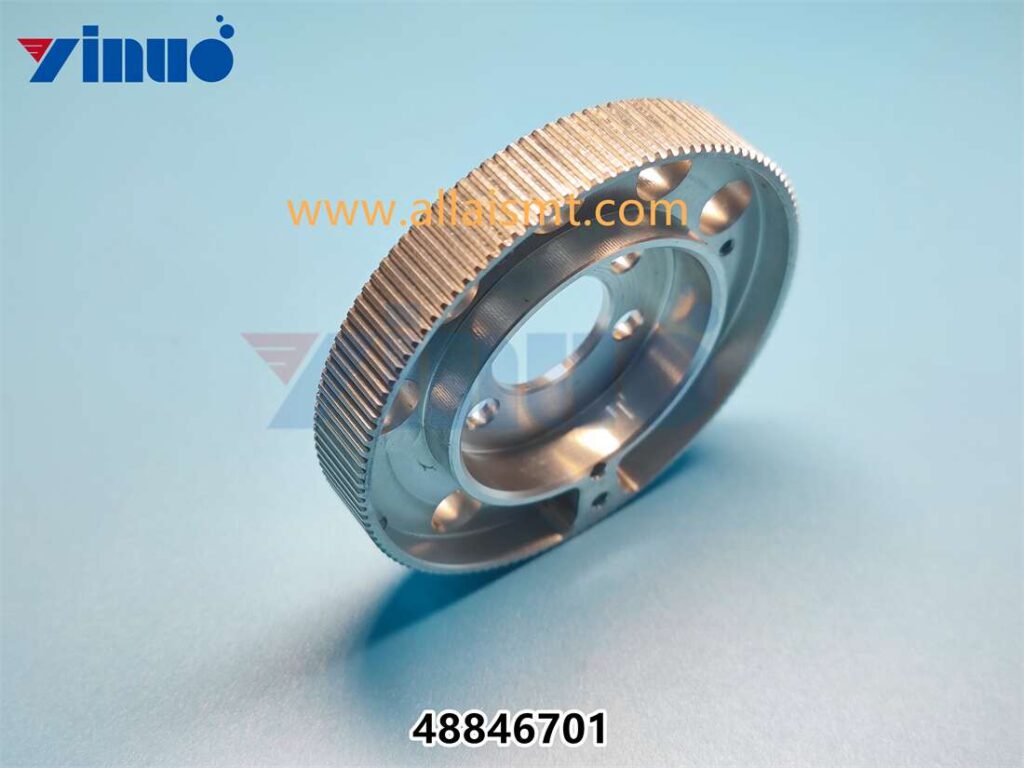Simply put, reflow soldering actually means that there is a heating power supply circuit in the soldering furnace, which heats the gas or N2 to a sufficiently high temperature and blows it to the pcb board where the components have already been pasted, so that the solder on both sides of the components can be melted and bonded to the computer motherboard. This kind of production and processing method can speed up the whole process of SMD welding to the extent that manual welding can’t reach, and can casually complete mass production, and the cost of PCBA production and processing can be reasonably controlled.
In reflow soldering, the solder layer of PCBA-based steel plate is first covered by solder paste, which is generally a compound of solder, small balls and beads of flux.
According to the position of the solder paste screen, so that the solder paste is left only in the area where the terminal of the device must be soldered.
After the SMT components are pasted on PCBA-based steel plates, the quality inspection outside the furnace is carried out. The boards that have passed the quality inspection will be put on the chain rails and transported to the reflow oven, where they will rise to the temperature higher than the melting point of solder in the reflow soldering machinery. Then the solder flows back to the terminal of the device, and then the circuit board is cooled.
The major factor that harms reflow soldering is asymmetric heating, which is mainly caused by the difference of thermal conductivity or heat absorption of reflow soldering components, edge hazards of conveyor belt or electric heater, and reflow soldering commodity load. In order to achieve excellent welding results, it is necessary to carry out continuous practice.

